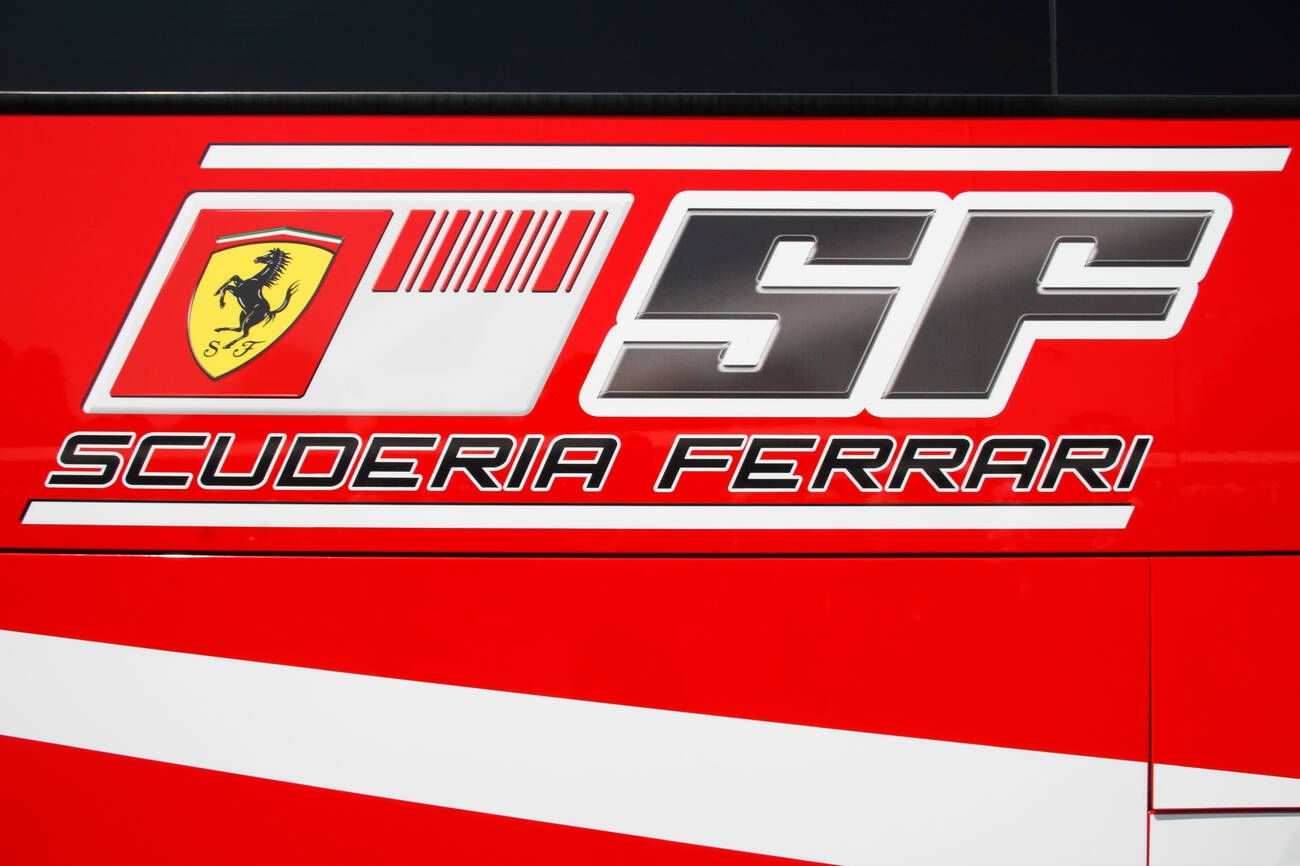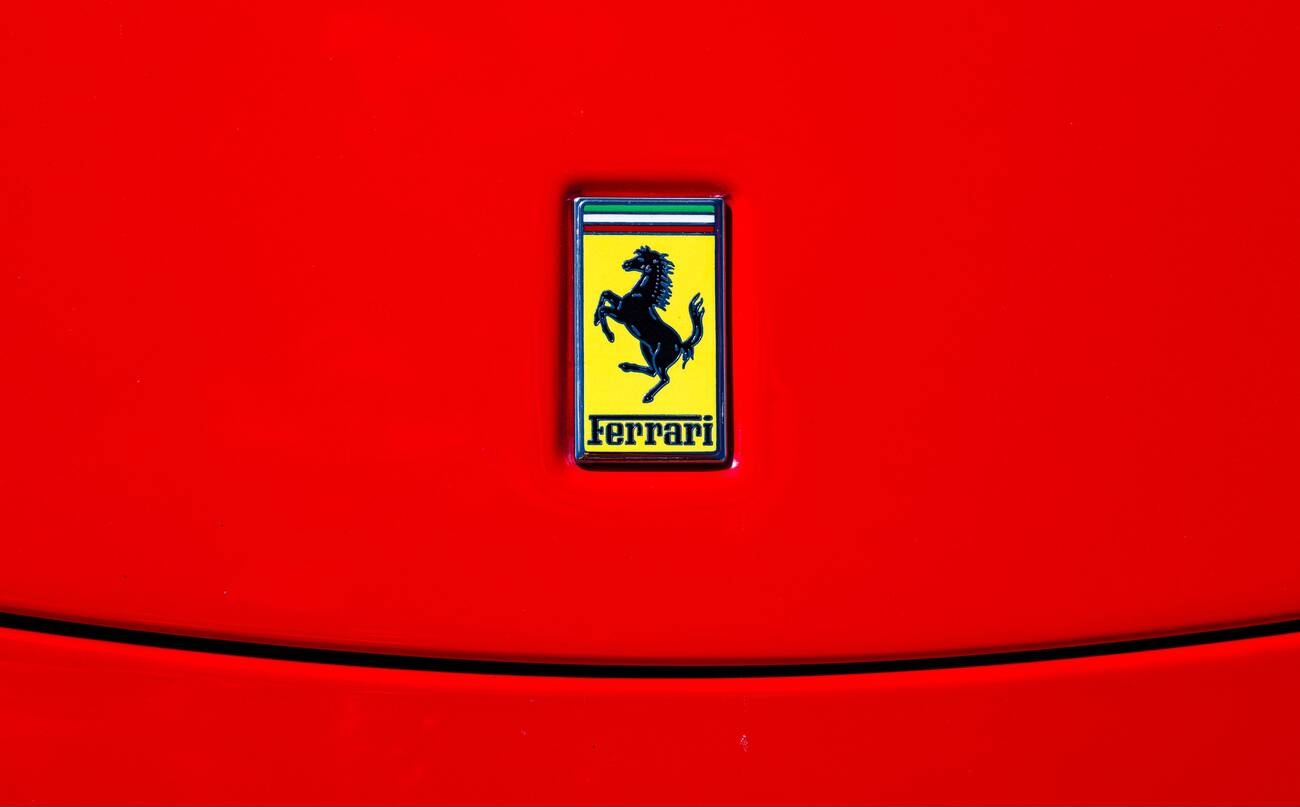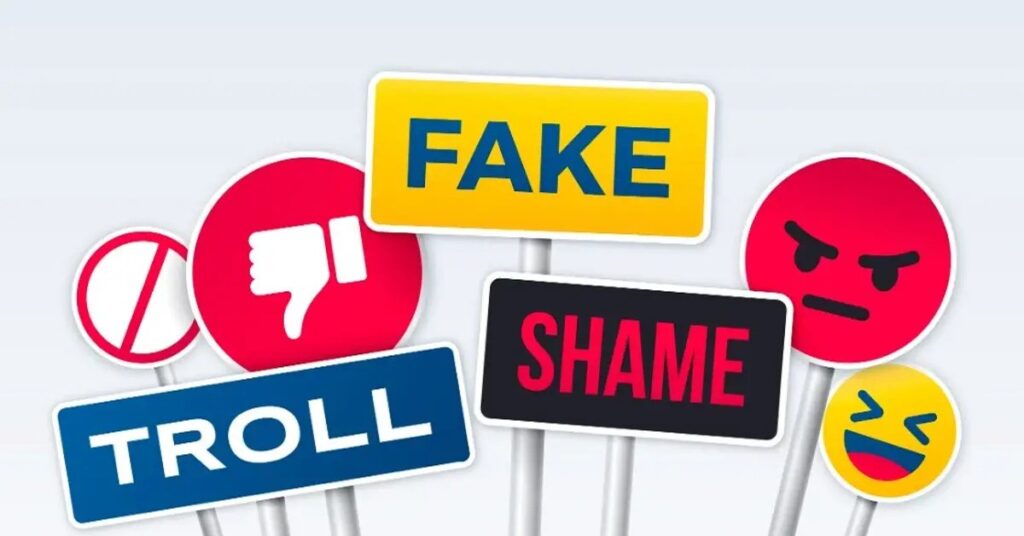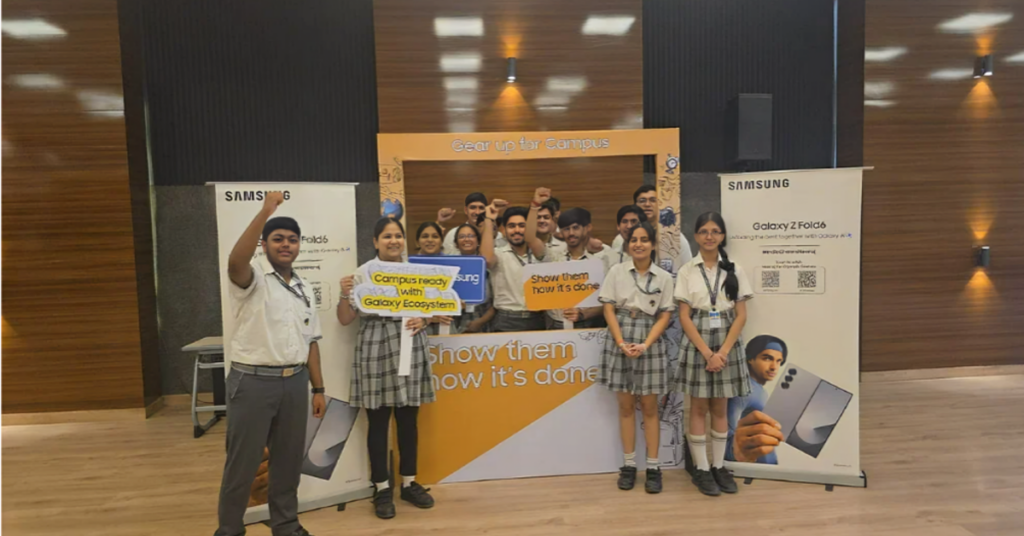Ferrari is one of the most iconic names in the world of luxury sports cars. Ferrari is synonymous with luxury, performance, and cutting-edge Italian design. But the beginnings of this iconic automaker were much humbler. Ferrari’s founder Enzo Ferrari started as a race car driver in the early 1900s before creating his own racing team and eventually manufacturing the first Ferrari-badged car in 1947.
From Racing Roots to Road Cars
Enzo Ferrari had motor oil in his veins from an early age. Born in 1898 in Modena, Italy, he became a race car driver for Alfa Romeo in the 1920s, winning awards like the Circuito di Modena. In 1929, he founded Scuderia Ferrari as the racing division of Alfa Romeo. This allowed wealthy enthusiasts to race Alfa Romeo cars prepared by Scuderia.

Enzo left Alfa Romeo in 1939 to build his own company, Auto Avio Costruzioni, in Modena. He couldn’t use his own name on cars for several years per an agreement with Alfa Romeo. The first Ferrari-badged car was the 125 S Sports model which debuted in 1947, featuring the soon-to-be iconic Cavallino Rampante logo.
The 1940s and 50s were Ferrari’s golden era in racing. The cars dominated competitions like Le Mans, Mille Miglia, and Formula One. Today, Ferrari is not just an automaker; it’s a symbol of luxury and speed. Beyond producing some of history’s finest and fastest cars, Ferrari has transcended into a lifestyle. Its cars have evolved from racing machines to exclusive road vehicles equipped with cutting-edge technology, providing unparalleled comfort and performance.
Ferrari’s lineup includes iconic models like LaFerrari, Dino, Lusso, and Portofino. Recently, at the 88th Geneva International Motor Show, Ferrari unveiled the 488 Pista, showcasing its commitment to pushing the boundaries of automotive innovation.

The Prancing Stallion – A Symbol of Valor
The prancing stallion logo on a yellow background draws inspiration from war hero Count Francesco Baracca. Enzo Ferrari, an army enlistee during World War I, adopted this emblem as a tribute. Although Baracca’s plane featured a red horse, Ferrari’s logo showcases the stallion in black.
Early Years and Racing Success
The post-war years brought significant developments for Ferrari. In 1945, the company introduced its signature V12 engine. However, it wasn’t until 1947 that the first official Ferrari model, the 125 S, rolled out of the factory in Maranello, Italy. The car, initially intended for an earlier release, was delayed due to the turmoil of World War II. After the Modena factory was bombed, Ferrari relocated to Maranello, where it established its legendary factory.
Ferrari quickly made its mark on the racing scene, with victories in prestigious events like the Mille Miglia, Le Mans 24 Hour Race, and the Formula One World Championship Grand Prix during the early 1950s.
Expanding Horizons: Ferrari in the United States
In the early 1950s, Luigi Chinetti, a prominent race car driver, opened the first Ferrari showroom and dealership in the United States. Until then, Ferraris were primarily reserved for wealthy racing enthusiasts and competition. Although the showroom later moved from Manhattan to Connecticut, it marked the beginning of Ferrari’s ascent in the lucrative U.S. market.
Challenges and Transition in the 1960s
The 1960s brought both triumphs and challenges for Ferrari. In 1961, key members, including chief engineers Carlo Chiti and Giotto Bizzarrini, departed to establish ATS, a direct competitor to Ferrari. Tensions within the company were fueled by disputes over Enzo’s wife, Laura, and her involvement in the company’s management. However, this era also witnessed the creation of the iconic 250 GTO, an enduring symbol of Ferrari’s engineering excellence.
Ferrari’s Marketing Strategy and Success
Ferrari’s marketing strategy is as exceptional as its cars. The brand caters to the world’s wealthiest individuals, offering not just a vehicle but a lifestyle. Ferrari’s association with innovation, style, and performance has propelled it to a leadership position in the luxury car market. The brand’s marketing efforts are designed to maintain exclusivity while engaging with a select clientele.
Partnership with Fiat
Enzo Ferrari recognized the need for a strategic partner to navigate growing competition and market complexities. In 1969, a 50% stake in Ferrari was purchased by Fiat to provide stability and support further growth. This marked Ferrari’s increased focus on road cars for the wealthy in addition to its racing endeavors.
Enzo Ferrari died in 1988 at age 90, and Fiat eventually increased its stake to 90% of the company. Ferrari today operates as its own entity within automotive giant FCA.
Post-Enzo Era and IPO
Following Enzo’s passing, Luca di Montezemolo took the helm as chairman of Ferrari from 1991 to October 2014. His tenure saw significant developments, including plans to separate Ferrari from the Fiat Group. In 2015, Ferrari N.V. launched an Initial Public Offering (IPO) and debuted on the New York Stock Exchange, valuing the company at nearly $10 billion. In 2016, it was also listed on the Milan Stock Exchange.
Core Ferrari Values: Performance, Exclusivity, Luxury
Since its first model rolled off the line, Ferrari has always remained in Enzo’s vision of creating the ultimate driving experience. Every detail in a Ferrari speaks to the brand’s values of peerless performance, masterful design, racing spirit, and meticulous Italian craftsmanship.
Ferrari’s Global Presence
With a global presence, Ferrari caters to the affluent across continents. Its cars symbolize not just wealth but also status and discerning taste. Whether it’s the streets of Europe, the American highways, or the Asian metropolises, the prancing stallion is a statement of luxury and performance. Adding to the brand’s popularity will be the upcoming feature film ‘Ferrari’ starring Adam Driver in the lead role which is touted to be a biopic on Enzo Ferrari.
The Road Ahead for Ferrari
Ferrari has been creating luxury sports cars for over 75 years, with a passion for the brand’s heritage and Italian flair. Despite evolving markets and environmental concerns, the brand continues to pioneer the world of luxury cars and celebrate its storied roots. Its legacy will endure for generations to come.
Bottomline
Ferrari is more than just a car maker, it’s a legend. A legend that started with Enzo Ferrari, who had a vision of creating the best cars in the world. A vision that has been realized and surpassed by Ferrari over the years. Today, Ferrari is not only a car maker, but also a symbol of luxury, performance, and Italian craftsmanship. As it looks to the future, one thing is certain: Owning a Ferrari still represents joining an exclusive club, with new models released in limited quantities and only the wealthiest buyers able to acquire them. Their stratospheric prices and recognizable design emblem – the Prancing Horse – will forever make Ferrari the standard worldwide for luxury sports cars. Overall the brand name Ferrari will always remain associated with automotive greatness owing to their remarkable history of success over the years.



